That memorable day, 8 May 1945, Sub-Lieutenant Peter Lock, aged 20, a pilot of the Royal Navy’s Fleet Air Arm was assigned for the morning Combat Air Patrol over the Home Fleet force sent from Northern Norwegian waters towards Copenhagen through the Danish straits. He was serving with No. 882 Squadron, aboard the escort carrier HMS Searcher, equipped with the latest wartime variant of the American naval fighter, the Wildcat VI, with its characteristic upwards-extended rudder.
When he took off from HMS Searcher before 10.00, he knew already that the end of the war had been announced and he did not suspect that the fate would play a joke, entrusting him with the lives of people of murky past. Soon after 10 he spotted two aircraft above the area where Skagerrak meets Kattegat. Since the area is narrow, favouring a counter-strike, any still anything could be expected from the Third Reich, he attacked. He soon recognised his targets. They were three-engined Ju 52 transport aircraft, travelling from southwest to the northeast.
The last chance
He started with a short burst from his four wing-mounted 0.5 in machine guns. The rounds flew just forward of the nose of the leading Junkers. He could long remember the frightened faces in the cabin windows and hands gesticulating violently. Then came the reflection: was he doing the right thing? Apparently it was all over? The air ops controller on the carrier suggested that he leaves them alone, as everybody was already talking about peace in Europe. So, he let the two Junkerses fly on. An hour or two later, when he reported the encounter to the intelligence officer on Searcher, the latter suddenly said that he may have allowed survival of a group of wanted SS officers, who decided on the last moment to escape a still defended German pocket in northern France to neutral Sweden.
To make things even more interesting, it is worth mentioning that Peter Lock has come from the German-occupied isle of Jersey. When it was captured by the Wehrmacht Lock was a student in England. His own mother hid a young man running from the gestapo in her own basement for two years, while the gestapo men were quartered in a neighbouring house. Could they be the men running in those Junkerses he had intercepted? That question haunted him for a long time since he visited his home in Jersey before moving on for more fighting in the Far East. His mother failed to recognise her own son after five years of separation, and welcomed the young officer in navy blue with the conventional ‘What can I do for you, sir?’…
The Wildcat VI of No. 882 Squadron ended its landing on HMS Searcher in early 1945 by ramming some Swordfish (left), breaking its undercarriage and nearly crashing into the bridge. The markings are noteworthy: the remains of invasion striping show that first Mk VIs went to No. 822 Squadron from other units that operated in combat in 1944. Standard codes on the fuselage consisted of a large S (Searcher) and a smaller aircraft letter on the other side of the roundel. It is not impossible this is an A. No less than two A’s were written off in accidents in No. 822 Squadron in early 1945: JV808 (January) and JV814 (21 February). / NavSource
The story, recorded by reporters of BBC Radio Cambridgeshire, is juts one of several in the history of No. 822 Squadron FAA that are connected with the carrier HMS Searcher, and which share the common adjective: the last. Before Peter Lock had that last chance to shoot down aircraft with escaping Nazis, there were several other actions in his unit’s history that were ‘the last’. And all took place in the scenery of Norwegian waters.
The last victory
On 24 March 1945 Home Fleet’s Force Two set out for action against German shipping in Norwegian waters. The operation was code-named Prefix. Anything that moved in the Trondheim Fiord and in north Kristiansund area was a target. Map shows that this included two separate operational areas (both areas are over 150 km away). Force Two was made up of two cruisers, four British and two Canadian destroyers, and its striking spearhead consisted of Avengers, Barracudas and Wildcats based on four escort carriers: Puncher, Searcher, Nairan and Queen. In the morning of 26 March a mixed formation took off from two carriers, HMS Queen and HMS Searcher, and headed for Trondheim. It seems tha other two ships launched their air groups against Kristiansund (including Barracudas from Puncher). What is interesting for us is that the flight of Avengers from No. 853 Squadron, led by Lt Commander J. M. Glaser from HMS Queen, was escorted by Wildcat VIs of No. 882 Squadron, based on Searcher. The fighter formation of two flights was led by a very experienced flyer, then Lt Commander (war rank) Ronald Arthur Bird (although some sources say that it was led by Lt Commander G.A.M. Flood). Bird had already been credited with half kills against French Potez 63s and German BV 138s.
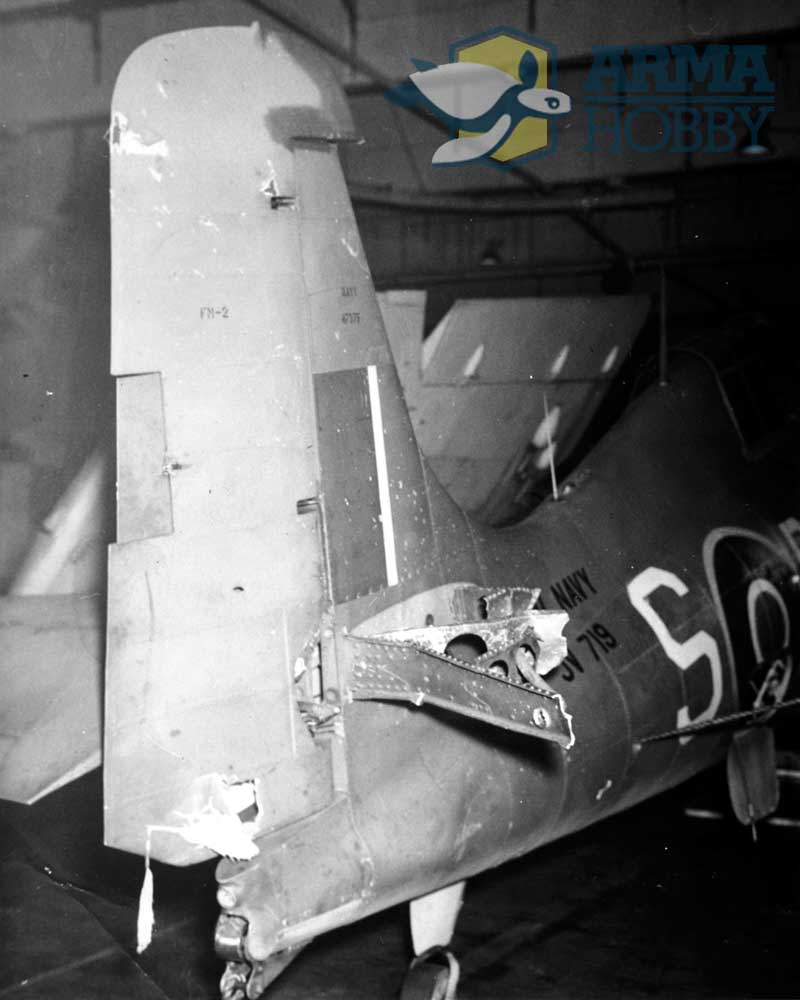 The pilot of the Wildcat VI from No. 882 Squadron was fortunate enough not to have to die in the last FAA offensive operation in Europe. This is the Wildcat VI that has narrowly escaped being a victim in the last victorious combat of British naval fighters in Europe. This is how JV719 S•B flown by Sub-Lieutenant J. F. Pullen looked after return to the carrier on 26 March 1945. According to some accounts the starboard portion of the tailplane had been shot off with the elevator by an attacking Messerschmitt. The two photos seem to prove, however, that in fact there had been a collision, most probably with the tip of the wing of a head-on coming Bf 109. There are no traces of bullets or shrapnel. This shows the strength of the Grumman structure. JV719 survived quite long: it was written off on 27 December 1945 in a landing accident at Donibristle by F/Lt J. A. Tooth RAF. / FAA Museum via Adam Jarski
The pilot of the Wildcat VI from No. 882 Squadron was fortunate enough not to have to die in the last FAA offensive operation in Europe. This is the Wildcat VI that has narrowly escaped being a victim in the last victorious combat of British naval fighters in Europe. This is how JV719 S•B flown by Sub-Lieutenant J. F. Pullen looked after return to the carrier on 26 March 1945. According to some accounts the starboard portion of the tailplane had been shot off with the elevator by an attacking Messerschmitt. The two photos seem to prove, however, that in fact there had been a collision, most probably with the tip of the wing of a head-on coming Bf 109. There are no traces of bullets or shrapnel. This shows the strength of the Grumman structure. JV719 survived quite long: it was written off on 27 December 1945 in a landing accident at Donibristle by F/Lt J. A. Tooth RAF. / FAA Museum via Adam Jarski
The weather was dreadful, typically English, low, thick clouds, squalls and rain, and this favoured a surprising action from either side. It must have really been hard, as it was noted that the Norwegian coast was crossed by the British at an altitude of merely 100 m. It was well past 10 o’clock. Then the cloud base lifted, and the weather gradually improved. The Avengers spotted two ships worthy of their bombs and commenced a strike. At this moment, diving through the low clouds, Messerschmitt 109s appeared. They were eight Bf 109 G-6s and G-14s of the III./JG 5. The Germans surprised the British and could well have downed several British machines right away. But they had been vectored so well by the radar controllers that they must have been surprised themselves by the sudden coming out almost straight into the FAA formation. It all took place so quick that all they managed to do in the first pass was to damage a single Wildcat (Sub-Lieutenant J. F. Pullen in JV719 S•B), who managed to nurse his machine back to his home ship, however. But there is a lot to suggest that in fact one of the German pilots collided with Pullen, cutting off his starboard tailplane with the elevator. The remaining part of the tailplane spar was bent backwards, suggesting that the Germans attacked head-on, an inconvenient position… They were not on the tails of the Wildcats, as had been suggested by the debate of the encounter by Anglo-Saxon historians over years. The key evidence here is provided by an analysis of Pullen’s aircraft photos.
One of the participants of 26th March 1945 combat, Wildcat VI JV768 S•X flown by Ronald F. Moore (1/2 kill of the Bf-109G). Artwork by Zbyszek Malicki.
After the first engagement the leader of the Messerschmitts made a cardinal tactical mistake. Instead of going up and attacking again from above (using guidance from ground radar), the Germans entered a dog fight below clouds at an altitude where the Wildcat VIs had the advantage of manoeuvrability and optimum engine performance. Very soon they paid a high price. Commander Bird, in JV792 S•A, claimed one Bf 109 destroyed at 10.55 and another damaged. According to his report the 109 hit the ground north east of Tustna, and the pilot baled out. Destruction of another 109 was credited to RN Reserve Sub-Lieutenant Alan Frederick Womack in JV709 S•W. He reported that his victim crashed in the water off Smoleren at 10.45. He saw no parachute. RN Reserve Sub-Lieutenants Ronald F. Moore in JV768 S•C and J.A.P. Harrison (aircraft identity unrecorded) shared a victory over the third Messerschmitt. It hit the water off Hitteren at 10.50. Harrison also claimed another enemy aircraft damaged.
And how does this look today, compared with available Luftwaffe data? It turns out that the claims of the British and their verification of pilots’ claims match precisely the German loss listing. The latter have lost three 109s: Fw. Hermann Jaeger was killed in W.Nr. 412398, Uffz. Gottfried Roesch was injured when W.Nr. 782139 hit the water, and Fw. Heinrich Dreisbach baled out of W.Nr. 782270. Another Bf 109 returned to base but crashed on landing (25% damage to the airframe). And this may have resulted from damage during the combat. Officially the Luftwaffe never credited any victories to their pilots, even though the survivors claimed… six downed Martlets, one Avenger and a… Mosquito.
HMS Searcher fighting a storm in early spring of 1945 (three-tone roundels on wings). Wildcat VI JV768 S•X anchored to the deck can be seen in the foreground, with a Fairey Firefly further behind. The latter were used as night fighters. No. 822 Squadron had two of those, including MB492. / FAA Museum via Adam Jarski
This was the last combat encounter of FAA fighters with the Germans, their last victorious action against Messerschmitts and the last serious success of Wildcat pilots in Europe. Commander Ronald Arthur Bird, who returned to his peacetime rank of lieutenant, was awarded the DSC and bar for his successes in Norwegian waters (26 June 1945 and 9 August 1945). He was never ceremonially decorated, as he served in the Far East. He was killed on 4 April 1946 when his Seafire L.III of No. 794 Squadron disintegrated in mid-air.
The last victim
In early May 1945 nobody in Europe wanted to die any more in this war. But many wanted to continued fighting. Having left northern Norway the Germans moved their submarine base from Hammerfest to Kilbotn harbour near Harstad (north west of Narvik). U-boat attacks against allied convoys were nothing unusual and, despite clear orders of Admiral Doenitz, the last one took place on 7 May 1945! In this situation the British admiralty has mounted its last aerial-naval operation in Europe against the U-boat anchorage at Kilbotn, code-named Judgement. It involved significant forces: two cruisers escorted by five destroyers and no less than three escort carriers. It was led by a Scot, Admiral Roderick McGrigor. On 1 May 1945 the armada sailed out. With beautiful weather, on 4 May afternoon the carriers commenced preparations for launch. 44 aircraft took to the air. HMS Trumpeter send eight Avengers and four Wildcats, HMS Queen the same number of machines, while HMS Searcher, in which we are interested here, the entire No. 822 Squadron, 20 Wildcat VIs. The formation was led by Lt Commander C.L.F. Webb. Eight Wildcat VIs were laden with single 250 lb bombs on one wing carrier (the other being occupied by a fuel tank). They were going to attack the old Norwegian coastal defence ship, Harald Haefrage, which the Germans had converted into a floating AA battery, Thetis. About 17.00 the British aircraft, coming from the west, completely surprised the Kriegsmarine (the radar station failed to send a warning in time). Post-war accounts suggest that the sailors on U-711 anchored at Kilbotn were almost positive they had managed to survive the war. But German gunners were on alert. They opened a storm of fire already during the first aerial attack. Right at the beginning they hit the Wildcat VI flown by a 27 year old New Zealander from Wellington, Lt Hugh ‘Hughie’ Morrison, an excellent flyer, senior pilot and deputy commander in No. 822 Squadron. In February 1945 Morrison survived a ditching in JV695. On 4 May he also ditched in his aircraft, heavily damaged by Flak. He even made it to the shore, but died of his wounds. He was the last FAA fighter killed in the war in Europe. He was buried in the church cemetery in Soervik village.
On board HMS Searcher on a beautiful May day in 1945, during operations in Norwegian waters, Wildcat VI JV789 S•R is prepared for a flight. Surviving records say that the letter R was carried by JV799, but this could be a clerical misspelling. Note the three-colour roundels (with white ring) on upper wing surface, as used in 1945. / FAA Museum via Adam Jarski
The Germans also downed Avenger JZ217 C of No. 846 Squadron from HMS Trumpeter. The crew attempted to alight, like Morrison, but on land. However, their landing ended in a crash. Lt Francis John Gahan (22), Sub-Lieutenant Alasdair Donald Hay Elder (20) and gunner Peter Bernard Mansfield (22) were all killed.
The British sank a U-boat crew depot ship, a large and modern 5,000-tonner Norwegian passenger ferry Black Watch launched in 1939 (it was credited to Trumpeter crews). HMS Queen flyers were credited with the sinking of the 950-tonne supply ship Senja. U-711 was damaged with bombs and sank a few hours after the raid. Altogether, operation Judgement resulted in killing of some 150 Germans. Bombs from one of the Avengers, which suffered a carrier failure, narrowly missed killing several Norwegian fishermen from Kilbotn. Fortunately, it all ended with some windows blown out and a lot of fear.
The last Wildcat VI’s
After the war in Europe ended Searcher was deployed to the Far Eastern waters in the summer of 1945, to take part in finishing off Japan. She took with her the Wildcat VIs of No. 882 Squadron, gradually repainted into the dark blue scheme prevailing there. There was no shortage of aircraft much superior to the worn-out Mk VIs. American Hellcats and Corsairs could be delivered to the FAA, but there was no point converting the pilots onto a new type. The war in the Far East was nearing its end, either. So, to maintain the tradition, No. 882 Squadron aboard HMS Searcher met the VJ Day in Ceylon as Royal Navy’s sole fighter unit equipped completely with Wildcat VIs. Upon return to Europe the squadron was disbanded on 9 October 1945.
Wildcat VI, JV884/B1•C ex S•C, 882 Dywizjon FAA, Sub.Lt, Frearson, HMS Searcher, August 1945, Indian Ocean, aeroplane painted overall with US factory Sea Blue Gloss livery. Artwork by Zbyszek Malicki.
The best Polish accent to end the story about unusual occurrences can be provided by an event that took place much earlier. On 21 August 1944 US Navy pilots from the VOF-1 reconnaissance-fighter squadron, operating from the escort carrier USS Tulagi in the Mediterranean, intercepted a formation of Junkers 52s north of Marseilles, most probably used for evacuation of the German administration of southern France. None of the pilots hesitated… No less than two of the Junkerses fell to a lieutenant pilot of the US Navy named Edward Olszewski.
Acknowledgements
The author would like to thank Adam Jarski for making available his collection, without which it would not have been possible to shed a new light on the events of 26 March 1945.
English translation by Wojtek Matusiak
You may be interested also:
- FM-2 Wildcat VI models and accessories in Arma Hobby webstore click
Currently Defense Analyst. Journalist with more than 30 years of experience in defence reporting from fields of conflicts (Afghanistan, Balkans). Known from TV live commentaries on different contemporary defense and security issues. With catapult launches and arresting landings on the board of USS Saratoga and flights in the rear cockpit of F/A-18 D Hornet in his log book. Devoted scale modeller and great fan of naval aviation.
This post is also available in:
 polski
polski


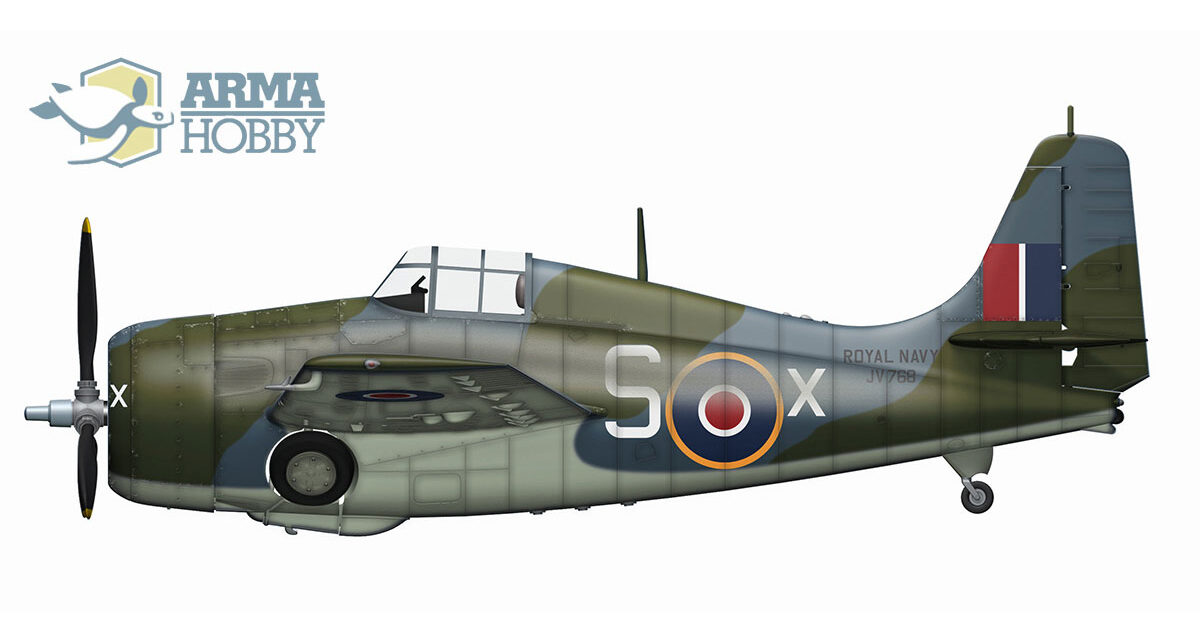
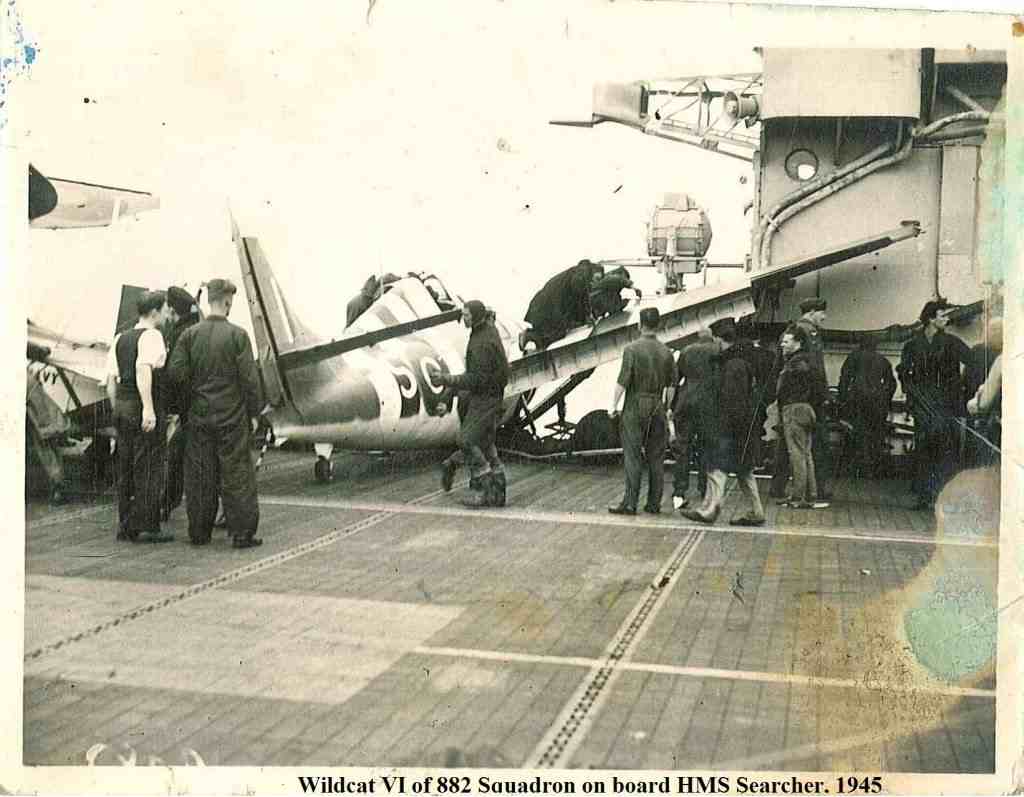

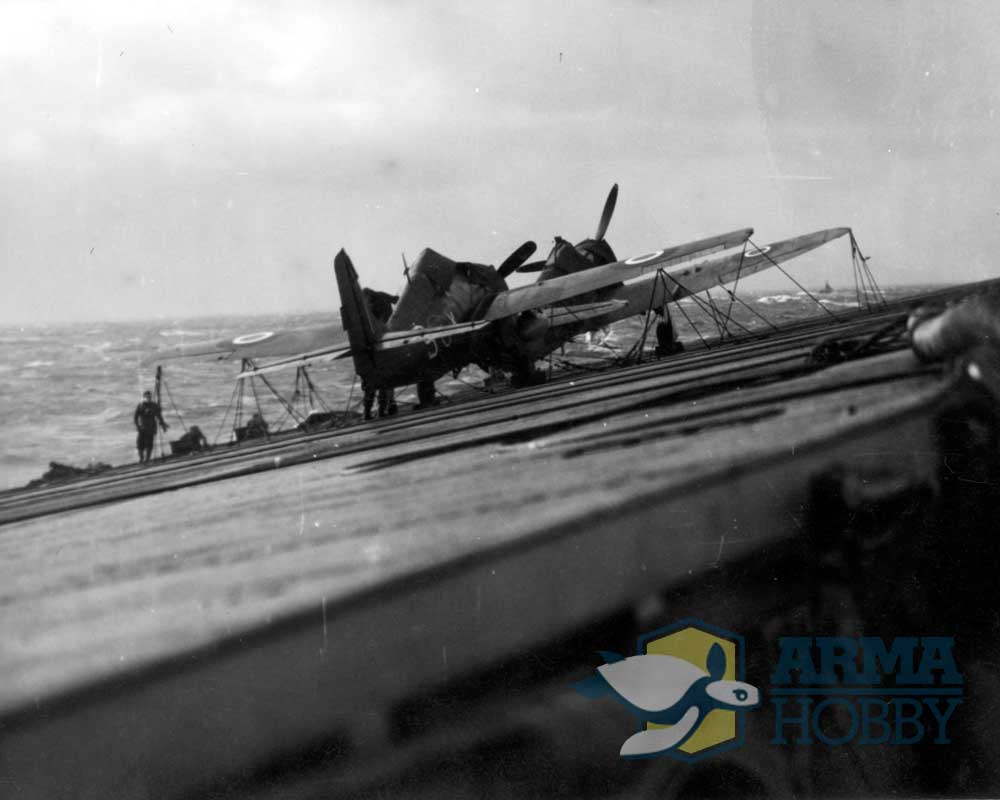
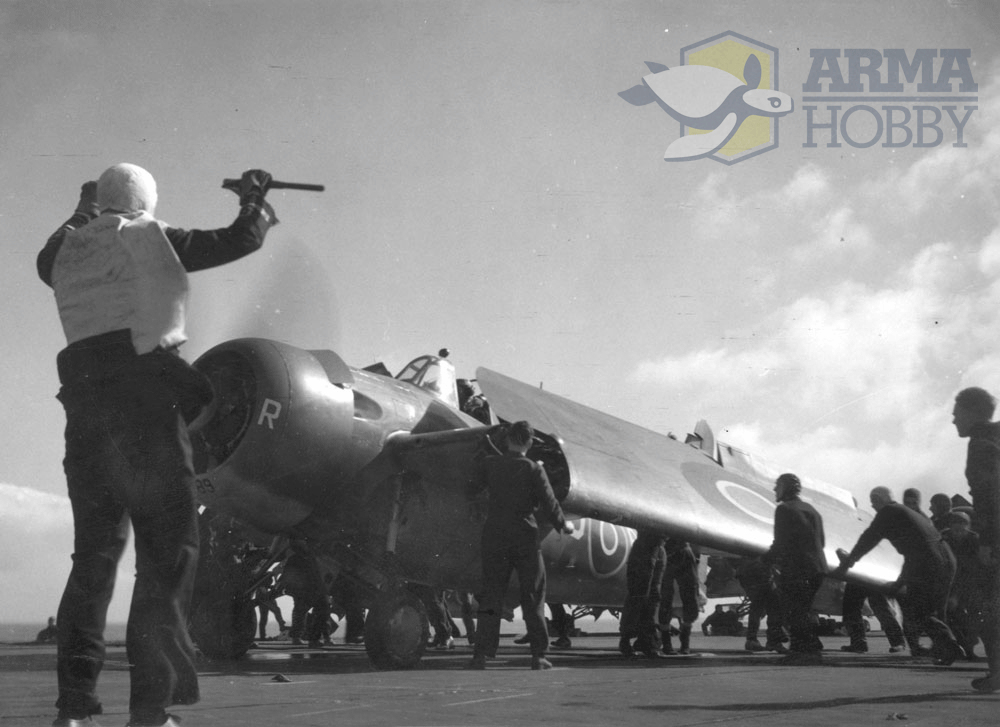
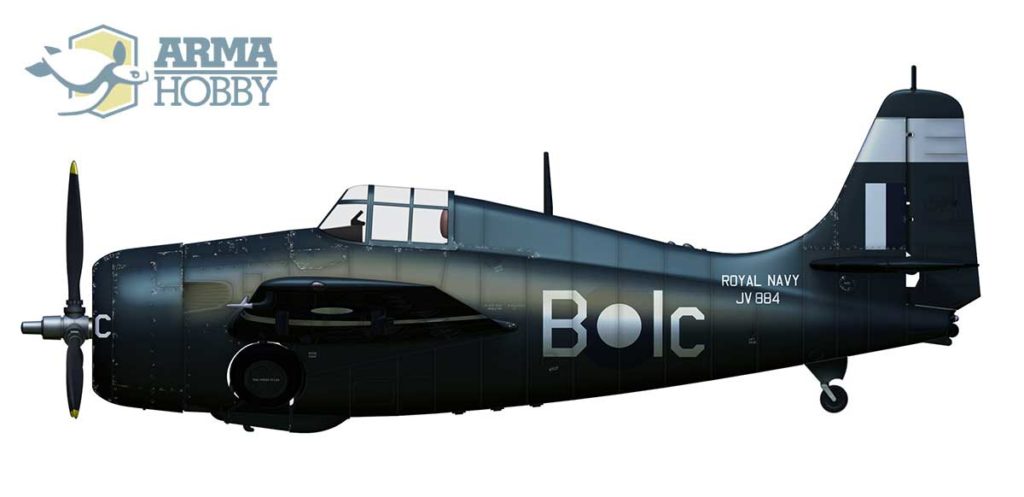

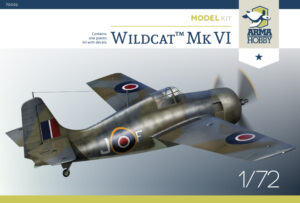
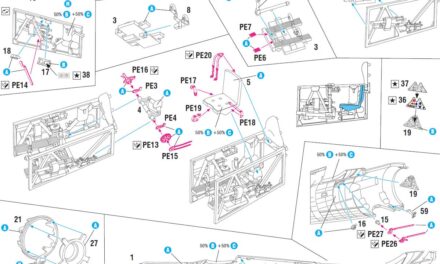

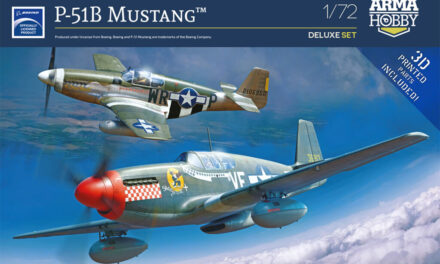
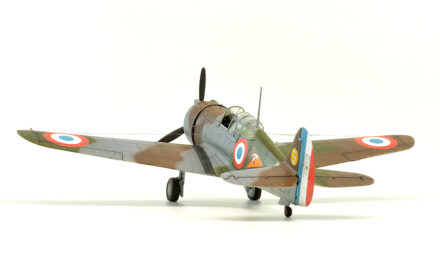
Good Day, I was so pleased to read your fine article. I am a Nephew of Alan Fredrick WOMACK that you mention in your story. I have his log books and yes can confirm all the details about him shooting down the BF109 in great detail. He was also Awarded the DSC. I have also traced down the pilot of the German fighter that he shot down. I believe it was a Hermann Jager. I have many never before seen pictures of aircraft from 882 squadron if your interested I am also so pleased to see you made a model Kit with decals matching Womack’s aircraft JV709 he was flying on the day he shot down the enemy plane. I would love to find this model a build it for his wife as Alan Womack passed away in 2008 but this kit is hard to find in Canada. I would be happy to share pictures of the log books from the day of the dogfight. I have attached a memorial that i made of Alan’s career. Have a wonderful day!